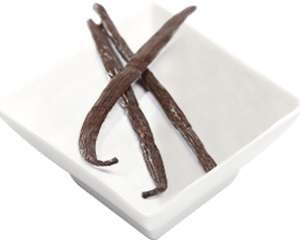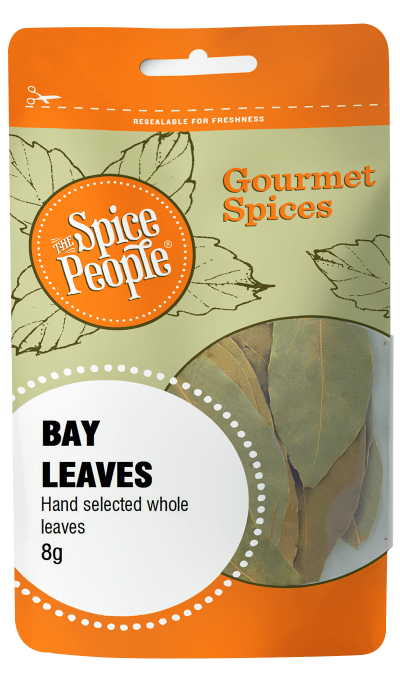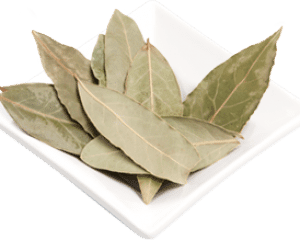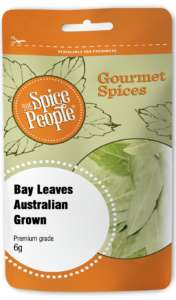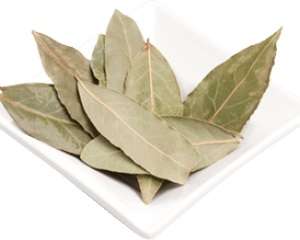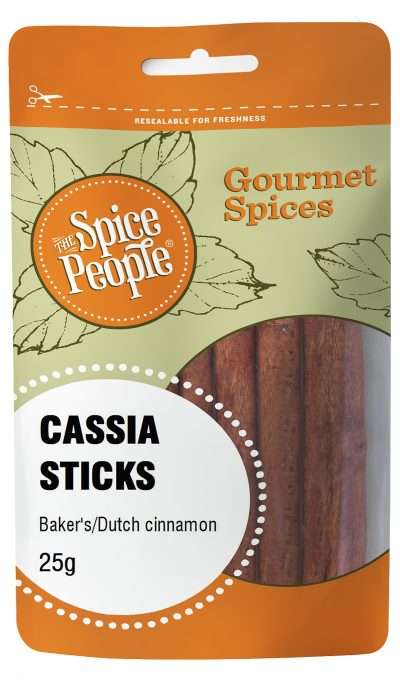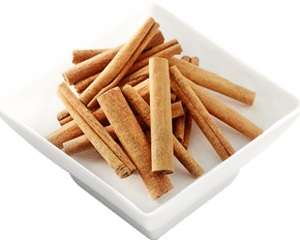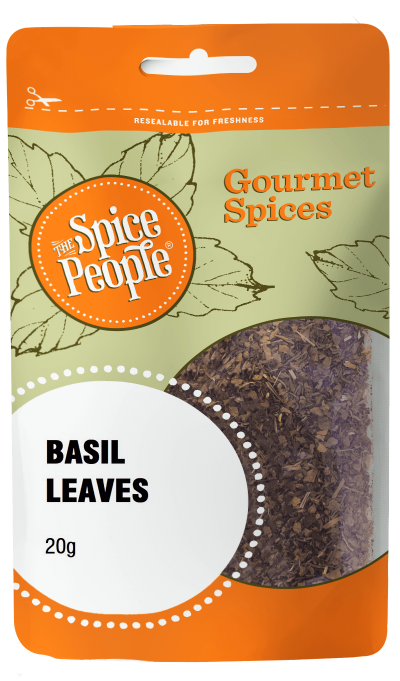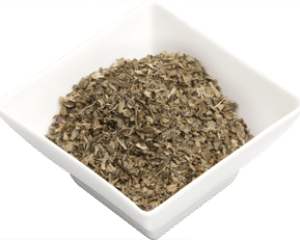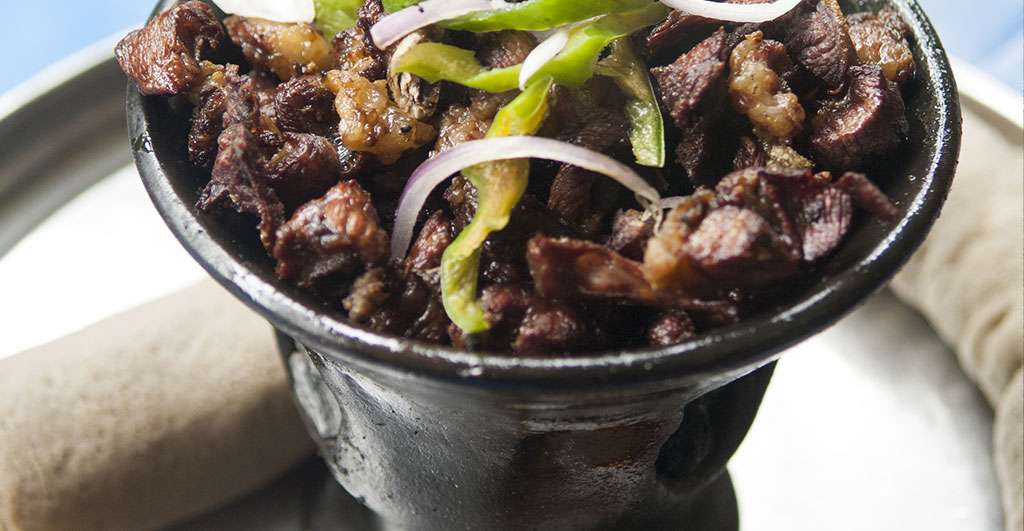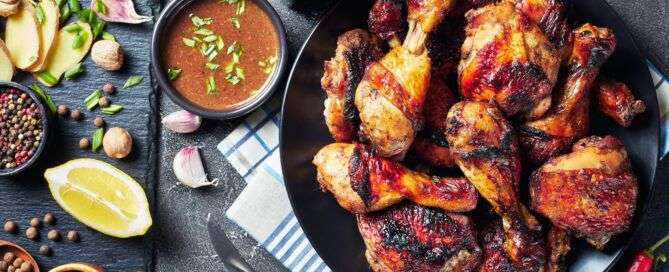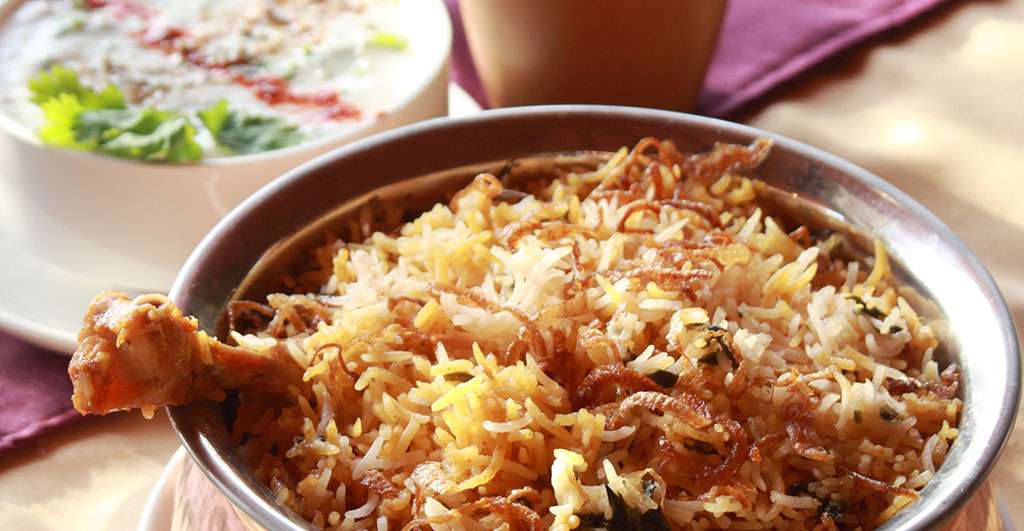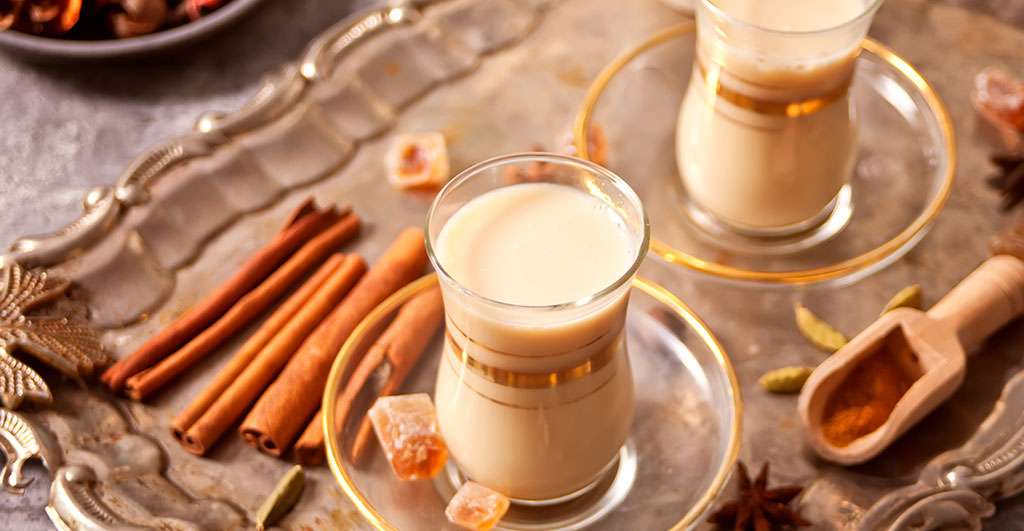Vanilla Beans (Whole)- 5g
390 in stock
Product Description
The vanilla bean, or pod, is the long slender fruit of the vanilla orchid. Each pod contains thousands of seeds. It is one of the most expensive spices due to its complex and long curing process, particularly due to the orchid only flowering once per year. Vanilla beans are used in most of the world’s cuisines. They are the purest and most potent form of vanilla and can be reused to steep in the liquid until losing their flavour, or the seeds inside can be scraped out and the pod discarded. It has a floral aroma and a smooth caramel flavor. The best beans are air-dried to a moisture content of 25-30%. Other products: vanilla sugar.
Flavour Notes:
Vanilla beans are grown in the equatorial regions of the world, there are many varieties and they come in many grades and sizes. Our Vanilla Beans are dried to lock in their buttery, floral, caramel-like vanilla flavour.
Culinary Notes:
Choosing the right quality vanilla bean will make a lot of difference to the flavor of your dish. We only select grade A – This commonly known as Prime or Gourmet vanilla beans. These beans are of a dark color with 25-30% moisture content and more attractive than Grade B. They are or should in most cases be used for cooking and top chefs prefer them.
Grade B vanilla beans are much drier and brittle to touch. These beans are generally used to make vanilla extract.
Vanilla beans are commonly used in sweet dishes; however, they can be also used in savory dishes such as lobster entrees. Other names include Vanilla Bean, Vanilla Pod, Vanilla Extract, Vanilla planifolia, Fructus Vanillae, Vanille (French & German), Vaniglia (Italian), Vainilla (Spanish).
Health Benefits:
Vanilla contains essentials oils, vitamins, and minerals. It contains small amounts of B-complex, niacin, pantothenic acid, thiamin, riboflavin, and vitamin B-6. These vitamins help the nervous system function and regulating body metabolism. Vanilla also contains calcium, magnesium, potassium, manganese, iron, and zinc.
Ingredients and country of origin:
- 100% air dried Whole Vanilla Beans, moisture content 25%
- Packed in Australia from product of Tahiti
How to use
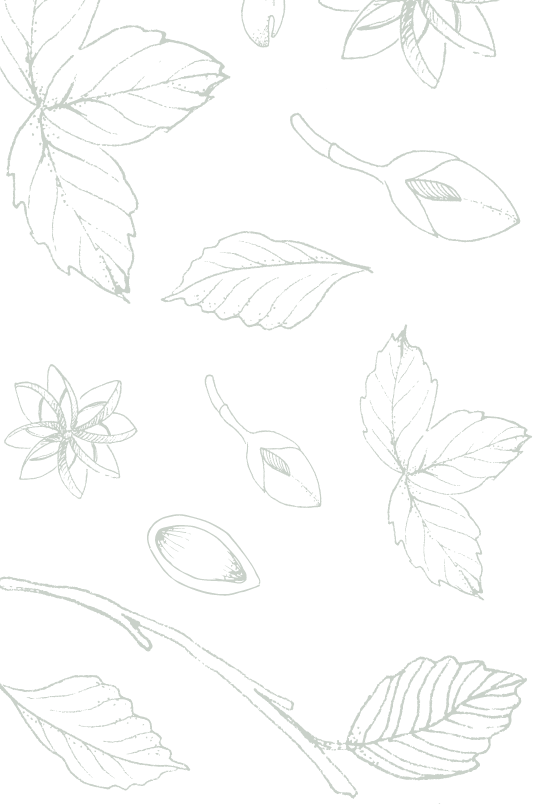
The Spice People FAQs


The Spice People FAQs
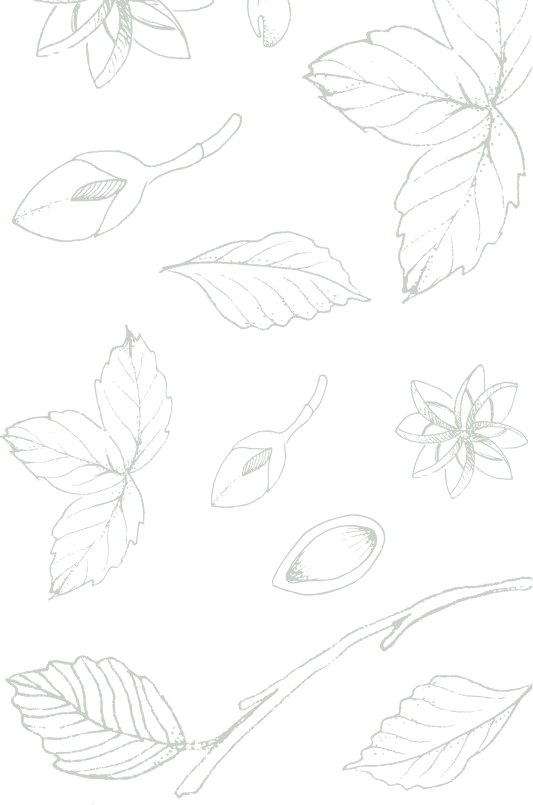
Other Spices you may like
Featured in



Join the Spice People to Get Started on Your Culinary Spice Journey!
Be the first to hear about our exclusive promotions, new product releases, recipes and more.

